 Hieronymus Bosch (c. 14501516)
Hieronymus Bosch (c. 14501516)  Contents
Contents  Delphi Classics 2017 Version 1
Delphi Classics 2017 Version 1  Masters of Art Series Hieronymus Bosch
Masters of Art Series Hieronymus Bosch  By Delphi Classics, 2017
By Delphi Classics, 2017
COPYRIGHT
Masters of Art - Hieronymus Bosch First published in the United Kingdom in 2017 by Delphi Classics. Delphi Classics, 2017. All rights reserved. No part of this publication may be reproduced, stored in a retrieval system, or transmitted, in any form or by any means, without the prior permission in writing of the publisher, nor be otherwise circulated in any form other than that in which it is published.
ECCE HOMO

Very little is known about Boschs personal life and history.
ECCE HOMO

Very little is known about Boschs personal life and history.
He left behind no letters or diaries and what has been gleaned about him has been taken from brief references in the municipal records of s-Hertogenbosch, his native city, in the Duchy of Brabant, and from the account books of the local order of the Illustrious Brotherhood of Our Blessed Lady. Even the artists date of birth has not been determined with any degree of confidence, being estimated at c. 1450 due to a hand drawn portrait (likely a self portrait) being made shortly before his death in 1516, which shows the artist at an advanced age, probably in his late sixties. His name derives from his birthplace, s-Hertogenbosch, which is commonly called Den Bosch (the forest). Bosch was born and lived all his life in this flourishing city, in the south of the present-day Netherlands, at the time part of the Burgundian Netherlands. In 1463, 4,000 houses in the town were destroyed by a catastrophic fire, which the then teenage Bosch presumably witnessed.
He became a popular painter in his lifetime and often received commissions from abroad. His grandfather, Jan van Aken (died 1454), was a painter and is first mentioned in the records in 1430. It is known that Jan had five sons, four of whom were also painters. Boschs father, Anthonius van Aken (died c. 1478), acted as artistic adviser to the Illustrious Brotherhood of Our Blessed Lady. It is generally assumed that either Boschs father or one of his uncles taught the artist to paint, though none of their works survive.
Bosch first appears in the municipal record on 5 April 1474, when he is named along with two brothers and a sister. Believed to be one of the artists earliest paintings, Ecce Homo concerns an episode in the Passion of Jesus. The original version, with a provenance in collections in Ghent, is housed today in Frankfurts Stdel Museum, while a copy is held at the Museum of Fine Arts in Boston. The theme of Ecce Homo was not often taken up by painters before the Renaissance, and Bosch is one of the best known early artists to take on the scene. The painting takes its title from the Latin words meaning Behold the Man, spoken by the Roman Prefect Pontius Pilate when Jesus is paraded before the angry mob in Jerusalem, shortly before he is sentenced to be crucified. Bosch presents Jesus as half-naked and cowering, as he is brought before the people by the Roman council members, who are flanked by soldiers.
The crowd mocks and jeers Jesus, who wears a Crown of Thorns. His hands are bound with shackles, while the redness of the now raw flesh on his legs, hands and chest indicate that he was previously beaten with a scourge, as related in the Bible. The dialogue between Pilate and the mob is indicated by three Gothic inscriptions placed near the mouths of the protagonists. To Pilates cry of Ecce Homo the mob replies Crucifige Eum (Crucify Him). A third inscription Salve nos Christe redemptor (Save us, Christ Redeemer) can be seen in the lower left of the image, from the mouths of what were the representations of two donors, although they were later painted over. Characteristic of Bosch throughout his career, the painting teems with symbolic imagery.
Most noteworthy is the placement of two of animals, traditionally regarded as emblems of evil in Christian iconography: an owl perched above Pilate and a giant toad seen resting on the shield of one of the soldiers. The upper right corner reveals an aesthetic cityscape of Jerusalem, more in keeping with the view of a Late Gothic Netherlandish town. The large open spaces form a strong contrast to the densely packed and grotesque caricatures of the foreground mob, garbed in exotic clothes. Due to the relative simplicity of the figures and the similarity in content to other Bosch works painted during that time, Ecce Homme is generally believed to have been completed between 1475-80, as later confirmed by dendrochronological investigation of the oak panel. The image features many elements typical of Netherlandish painting, including homely faces and slight proportions of the figures, rendered flatly, while their physique fails to be substantial under heavy clothes. 
 Detail
Detail  Detail
Detail  Detail
Detail  Detail of two donors painted out
Detail of two donors painted out  Ecce Homo by Israhel van Meckenem, Gravure.
Ecce Homo by Israhel van Meckenem, Gravure.
Amsterdam, Rijksprentenkabinet
SAINT JEROME AT PRAYER

Saint Jerome at Prayer is thought to have been completed c. 1482 and is currently housed at the Museum of Fine Arts in Ghent. The saint was a frequent subject of fifteenth century art, usually depicted in his studio or during his penitence in the desert. For his interpretation, Bosch adopts the latter iconography, presenting the saint as a long, thin figure, hinting at his asceticism. Saint Jerome is praying with a crucifix in his arms, an unusual gesture of communion with Christ. Jerome lies against a rock under a shell-like cave, while surrounded by his traditional symbols, including the lion, the galero (broad-brimmed hat) and the Bible.
Bosch, as is common in his works, also introduces several bizarre elements, such as the bony pig and the spherical shell emerging from the pool, perhaps as a symbol of the world floating towards decay. The large owl and small owl are depicted on a branch, alluding to heresy and the struggle against sacrilege. The Ten Commandments tables can be seen above the cave. The work is known only from its acquisition by the Ghent museum in 1908. As for most of Boschs paintings, dating has been long disputed, with years varying from 1490 to 1505. 
Next page


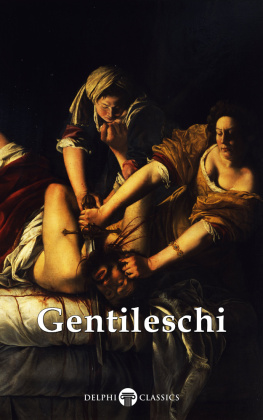
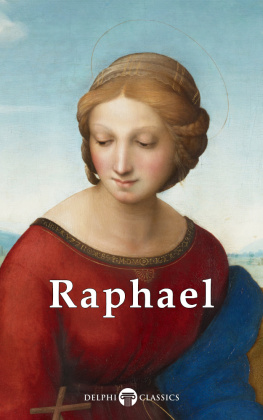
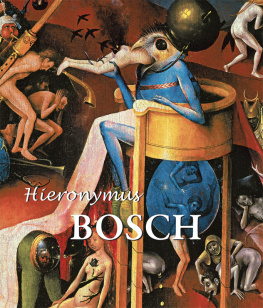
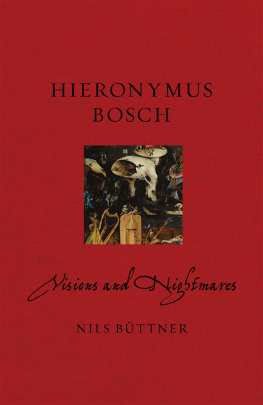

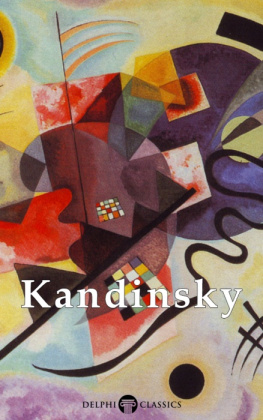
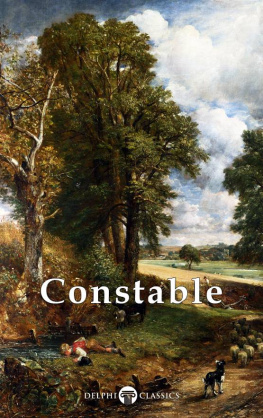
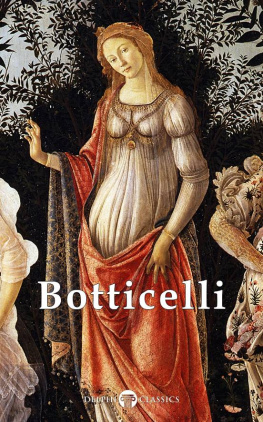
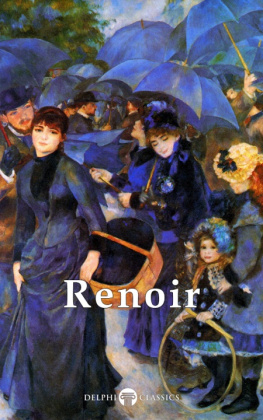
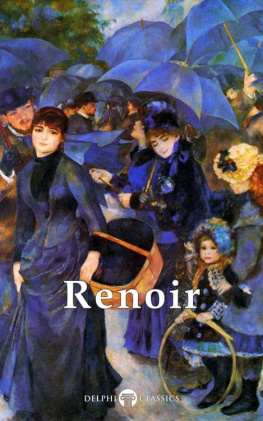

 Hieronymus Bosch (c. 14501516)
Hieronymus Bosch (c. 14501516)  Contents
Contents  Delphi Classics 2017 Version 1
Delphi Classics 2017 Version 1  Masters of Art Series Hieronymus Bosch
Masters of Art Series Hieronymus Bosch  By Delphi Classics, 2017
By Delphi Classics, 2017 Very little is known about Boschs personal life and history.
Very little is known about Boschs personal life and history. 
 Detail
Detail  Detail
Detail  Detail
Detail  Detail of two donors painted out
Detail of two donors painted out  Ecce Homo by Israhel van Meckenem, Gravure.
Ecce Homo by Israhel van Meckenem, Gravure. Saint Jerome at Prayer is thought to have been completed c. 1482 and is currently housed at the Museum of Fine Arts in Ghent. The saint was a frequent subject of fifteenth century art, usually depicted in his studio or during his penitence in the desert. For his interpretation, Bosch adopts the latter iconography, presenting the saint as a long, thin figure, hinting at his asceticism. Saint Jerome is praying with a crucifix in his arms, an unusual gesture of communion with Christ. Jerome lies against a rock under a shell-like cave, while surrounded by his traditional symbols, including the lion, the galero (broad-brimmed hat) and the Bible.
Saint Jerome at Prayer is thought to have been completed c. 1482 and is currently housed at the Museum of Fine Arts in Ghent. The saint was a frequent subject of fifteenth century art, usually depicted in his studio or during his penitence in the desert. For his interpretation, Bosch adopts the latter iconography, presenting the saint as a long, thin figure, hinting at his asceticism. Saint Jerome is praying with a crucifix in his arms, an unusual gesture of communion with Christ. Jerome lies against a rock under a shell-like cave, while surrounded by his traditional symbols, including the lion, the galero (broad-brimmed hat) and the Bible. 